Night Sky Of The First May’s Week: Best Astrophotos [3 May-10 May]
13th May 2024![Night Sky Of The First May’s Week: Best Astrophotos [3 May-10 May] Night Sky Of The First May’s Week: Best Astrophotos [3 May-10 May]](https://orbitaltoday.com/wp-content/uploads/2024/05/Statue-of-Liberty-Nebula2-1.jpg)
In May, we get a chance to see beauty not only in nature surrounding us but also in space. Among the highlights of the best astrophotos are the Prawn Nebula, the Statue Of Liberty Nebula, and the Great Orion Nebula. Additionally, the Milky Way begins to ascend higher into the night, providing great opportunities for stunning wide-field shots. Planetary gems such as Jupiter and Saturn grace the sky, presenting photographers with the chance to capture their intricate cloud bands and mesmerizing moons.
With a fresh collection of the best astrophotos, we invite you to plunge into the magical world of space during the first week of May!
Reflective Nebula VdB 152
Our first astrophoto, made by @astrocatinfo via X, is the reflective Nebula VdB 152, also known as the Cepheus Bubble. This stunning cosmic cloud of gas is located in the constellation of Cepheus. Reflective nebulae like VdB 152 appear so because of the presence of dust grains within them. These dust grains scatter and reflect the light emitted by nearby stars.
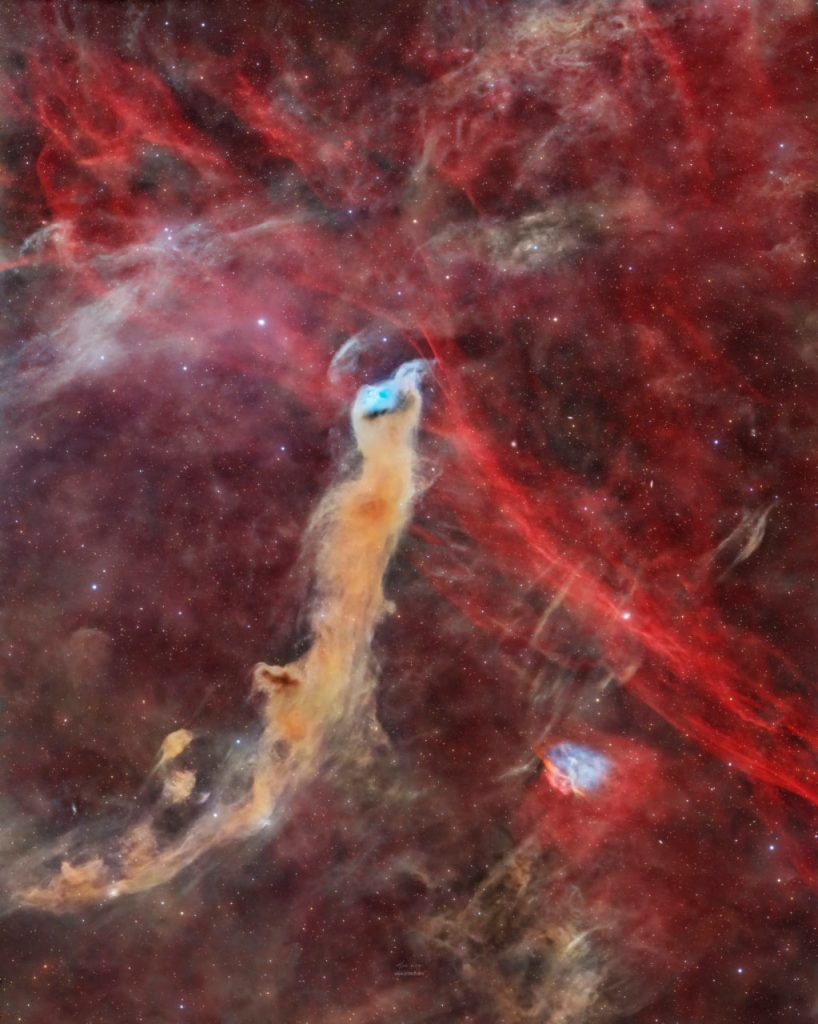
Best Astrophotos Of Spiral Galaxy And A Star
In this astrophoto, a spiral galaxy in one corner and a bright star in another create a great black-and-white spectacle. Kudos to the astrophotographer @AbhLafiel who captured this image!
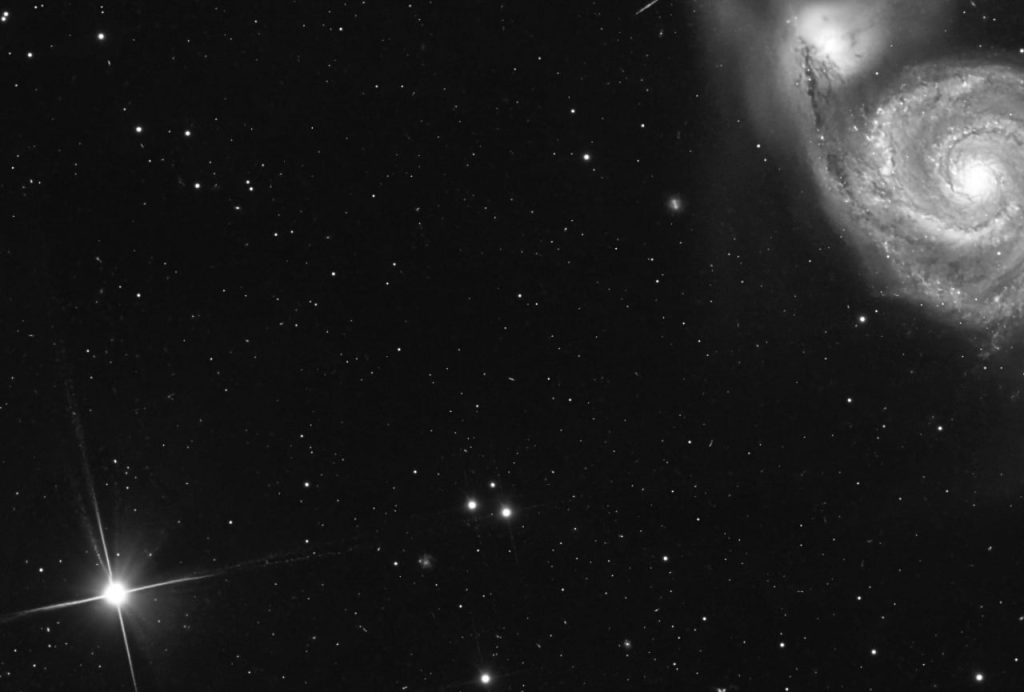
Prawn Nebula
Another one of the best astrophotos is IC 4628, prominently known as the Prawn Nebula.
“It dominates the night sky in the southern constellation of Scorpius. This expansive emission nebula, awash with glowing ionized gas, serves as a vibrant stellar nursery. It is celebrated for its rich red hues, created by the intense radiation from young, hot stars ionizing the hydrogen gas from which they were born,” the author has commented his image on Facebook.
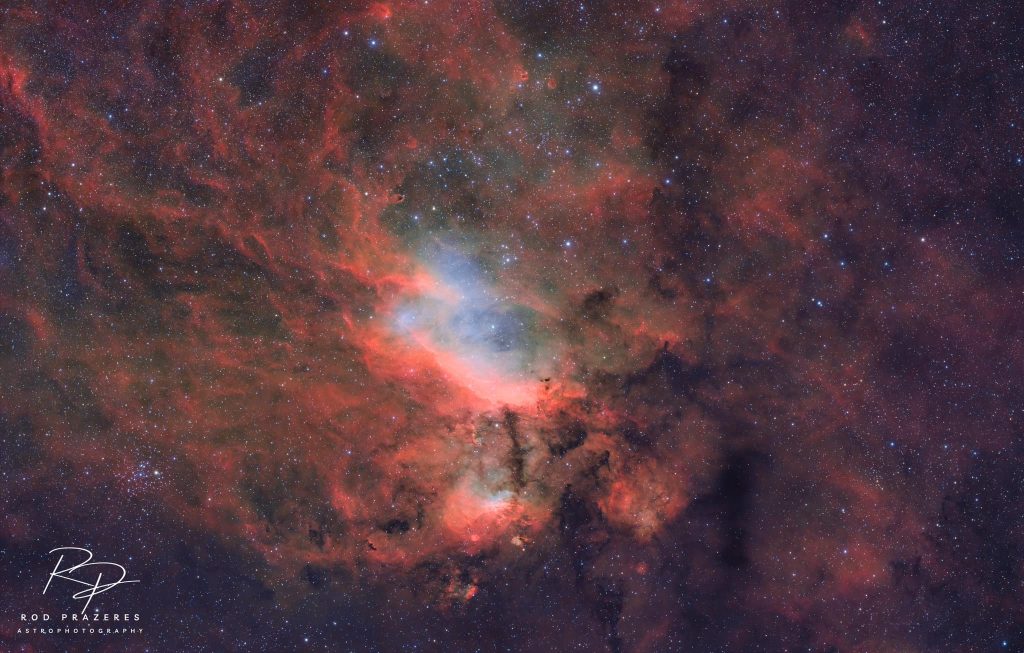
“Image 2: Center of IC 4628: This detailed snapshot of the centre of IC 4628 vividly showcases the nebula’s most intense regions of star formation. The vibrant emissions and dynamic structures within this area highlight the active processes that give the Prawn Nebula its glowing appearance,” he added.
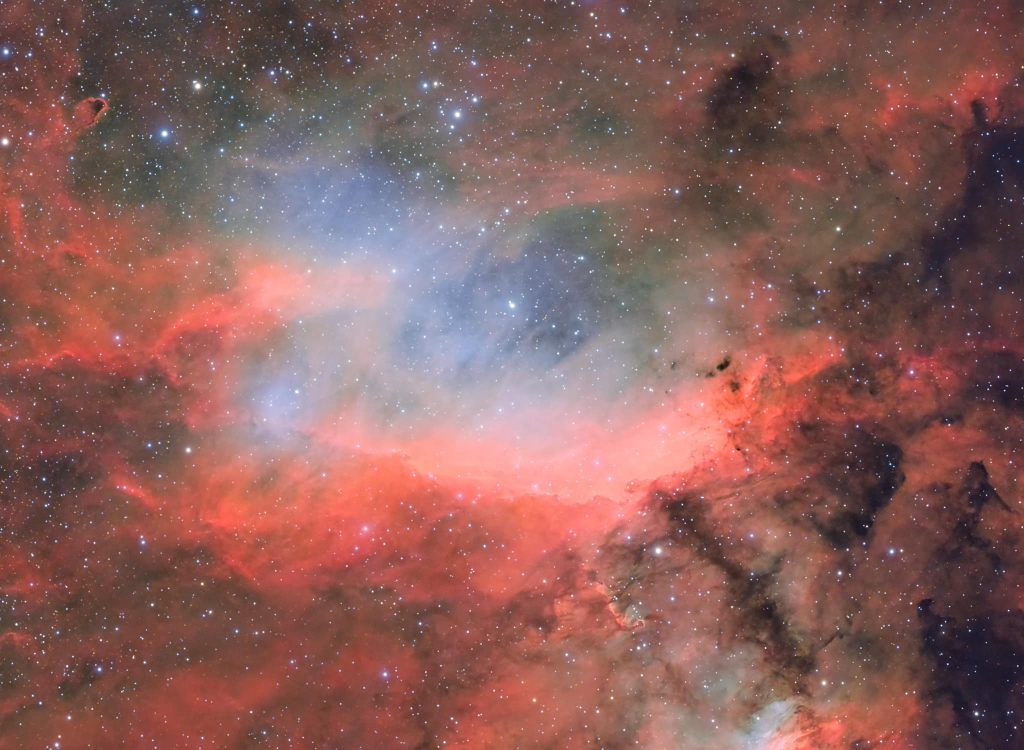
Best Astrophotos: Comet C/2023 A3
“Comet C/2023 A3 (Tsuchinshan-ATLAS) 2024 May 03.36 UT (remotely from Great Basin Desert, Beryl Junction, Utah, USA)” @prystavski has shared via X.
This comet is a celestial visitor from the outer reaches of our solar system. As it journeys through space, it leaves behind a luminous tail of gas and dust that captivates the eyes of both astronomers and astrophotographers alike.
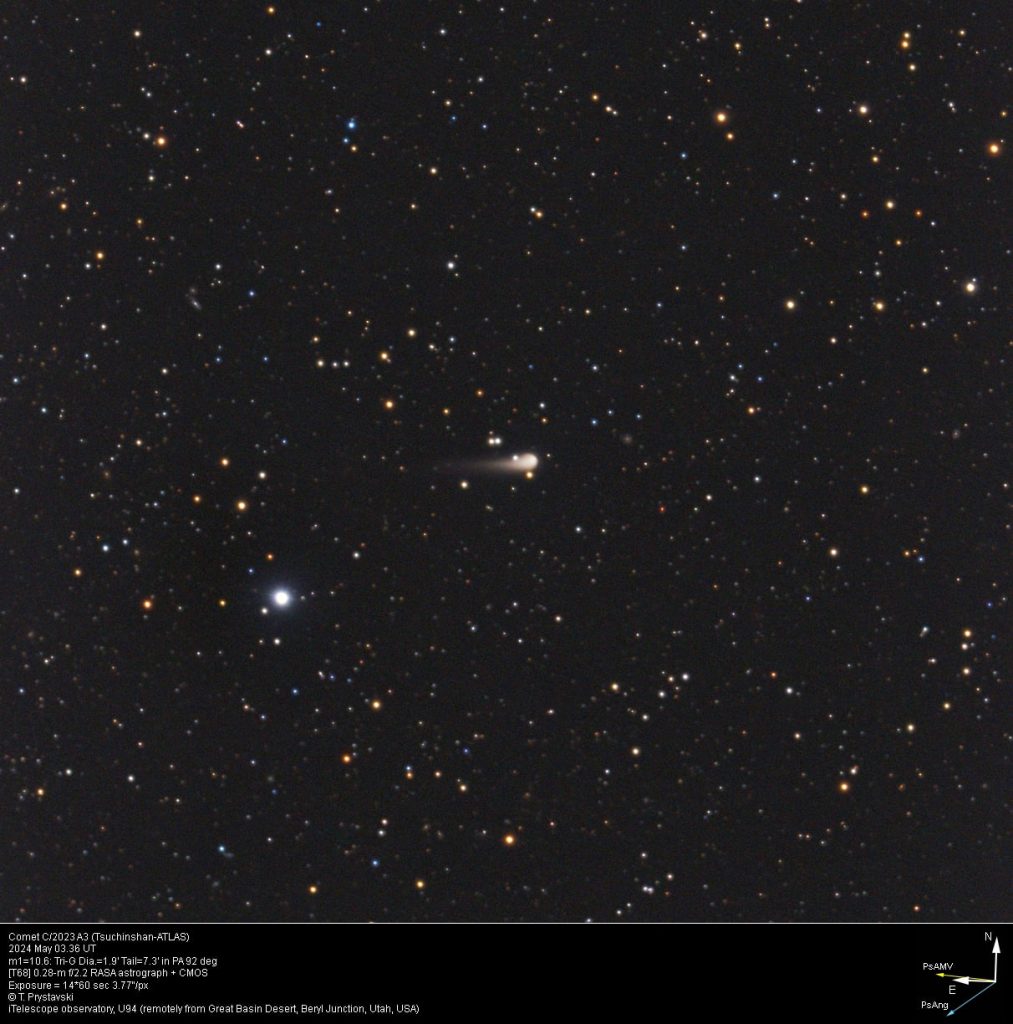
Statue Of Liberty Nebula
NGC 3576 is also known as the Statue of Liberty Nebula. We couldn’t choose which of these images by Marcelo Adorna Fernandes is better, so decided to show you both!
“Statue of Liberty Nebula in FORAXX Palette and RGB. Captures in LRGB (5x120s on each channel) and S (13x300s), H (9x300s), O (12x300s).
Located in the Carina Constellation, it is 9 thousand light years away from Earth and is 100 light years in diameter. Stellar winds from young, massive stars shape spiral filaments of dust and gases,” the photographer shared on Facebook.
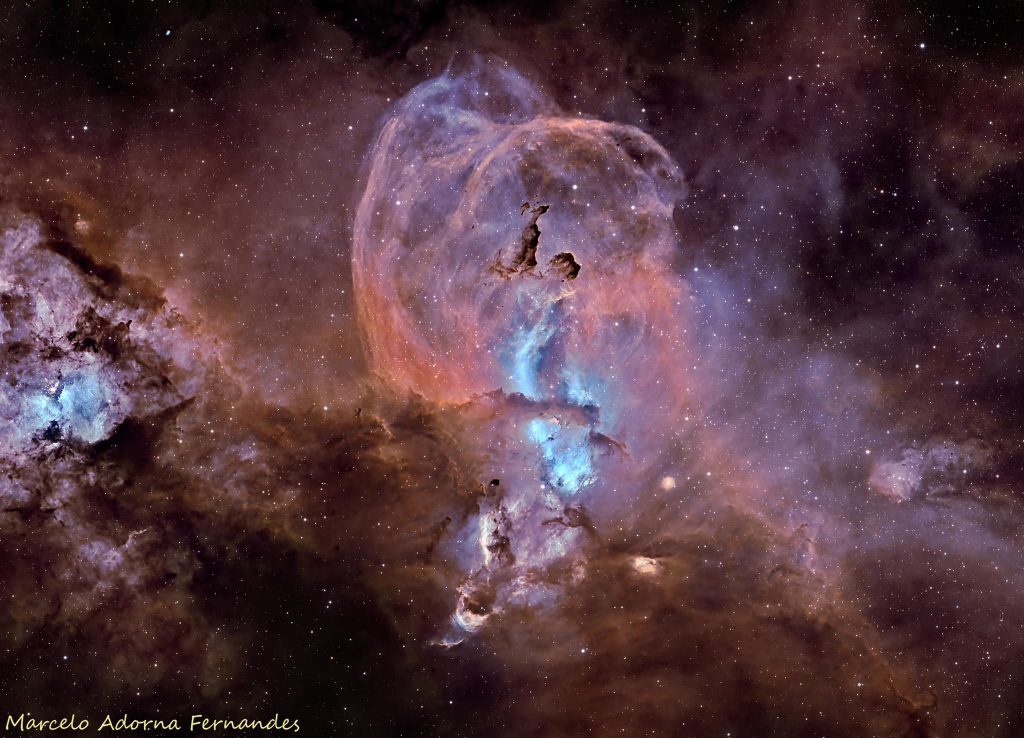
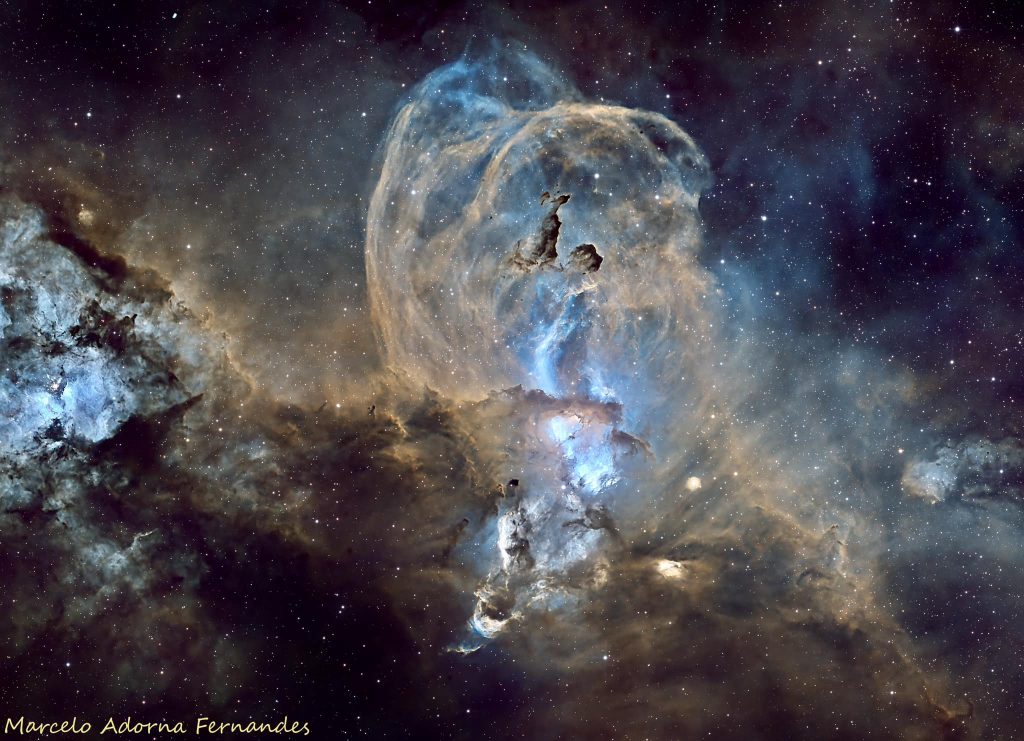
Saturn And Jupiter
As we wrote, in May, Saturn and Jupiter grace the night sky with their majestic presence, shining brightly and obsessing astrophotographers with their beauty. @Reineguerrieree was lucky to catch this moment with her telescope.
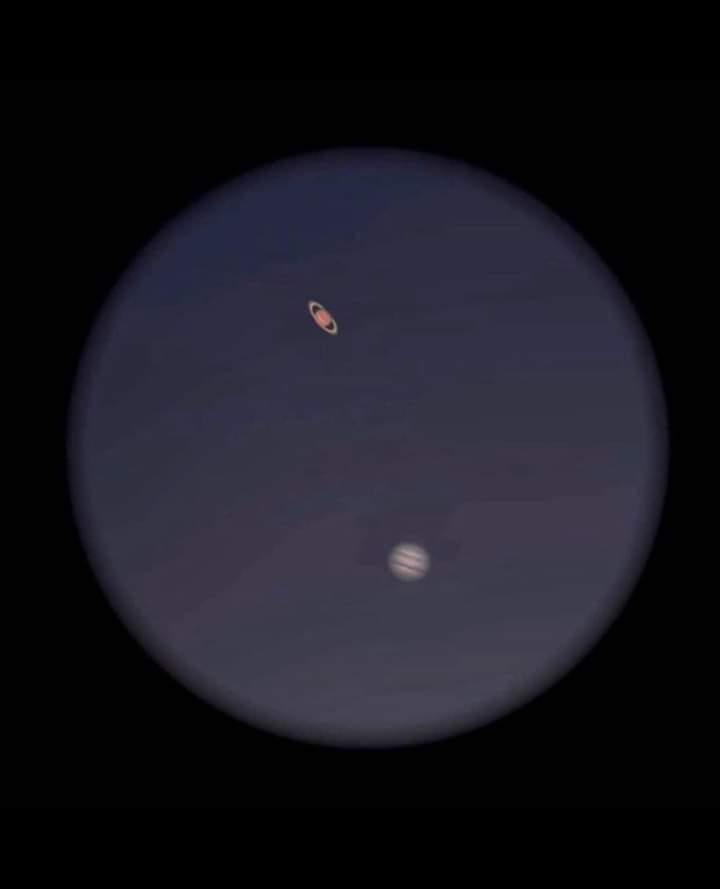
Great Orion Nebula (M42)
The Great Orion Nebula, also known as Messier 42, is a stellar nursery in the sword of the Orion constellation. This magnificent nebula is a sprawling cloud of gas and dust where new stars are born.
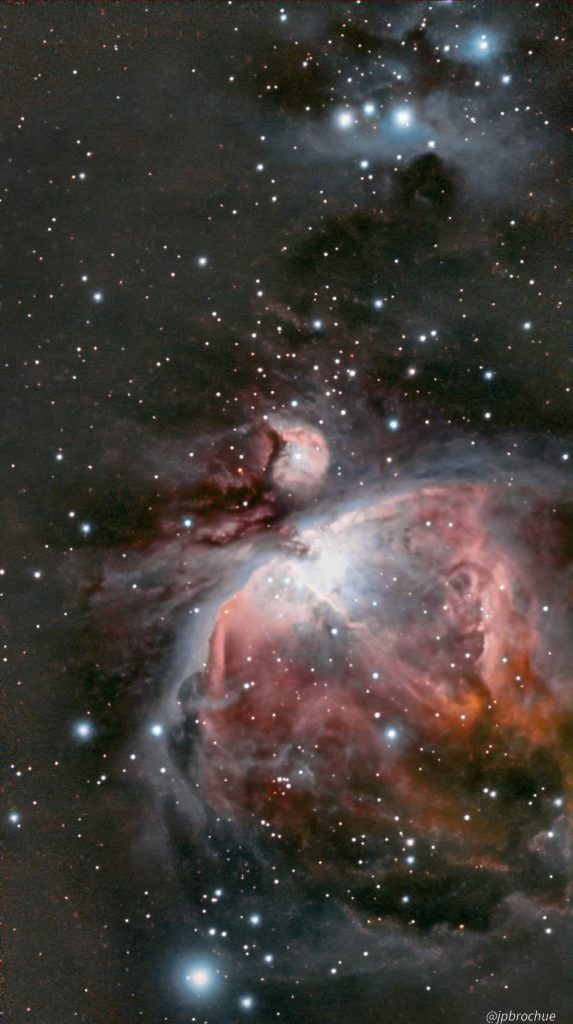
Milky Way Over Australia
This magnificent astrophoto takes us to Obi Obi, Australia. Its author shared a story on Facebook.
“Last night, I took advantage of the clear skies and went out to shoot some new astro images. I went to this location with a windmill that I found last year and shot it also.
I was gonna do some tracked sky images but forgot to take part for the tracker, so I couldn’t use it. So, I had to make do with stacking non-tracked images for the sky instead; oh well, haha.
This is a blend, I shot the foreground images and sky images at the same place then blended them using Photoshop stacked them in Sequator and edited them in LR and PS,” he wrote.
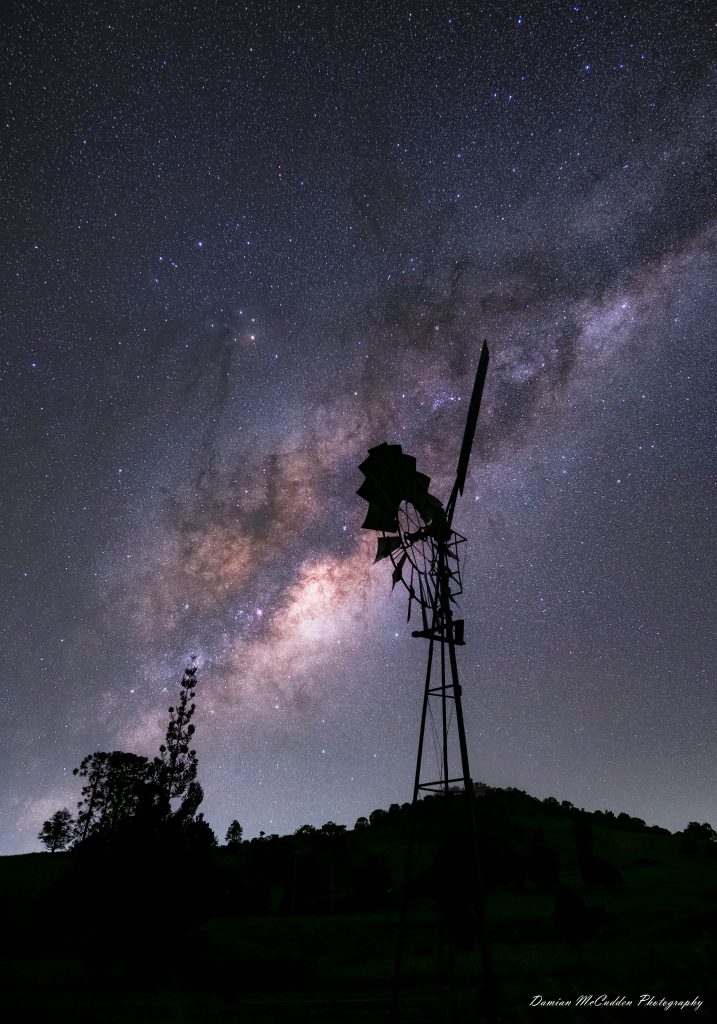
Milky Way Galaxy’s Central Region Above The Misty Lowlands
And now let’s move to Brehov, a small village in East-Slovakia lowlands near river Ondava and Latorica in Central Europe.
“This location is one of the exceptional places without a deep impact of light pollution, from which we can still see The Milky Way with the naked eye compared with some locations of Poloniny Dark-Sky Park Slovakia. Light pollution has become a really huge problem in Central Europe,” the photographer has written on Facebook.
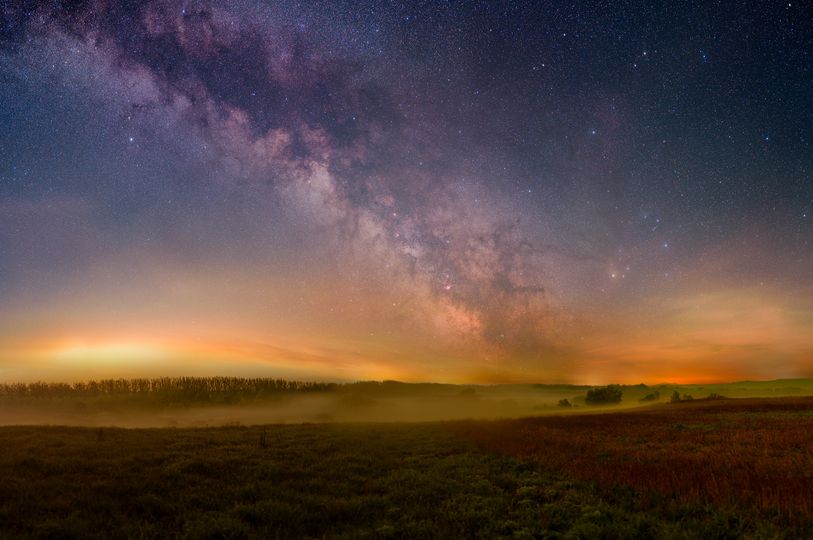
M78 In Orion
M78 is another reflection nebula located in the constellation of Orion. It is located near Orion’s Belt and is part of the larger Orion Molecular Cloud Complex. This nebula shines by reflecting the light of nearby stars, illuminating its dusty clouds with a soft blue glow.
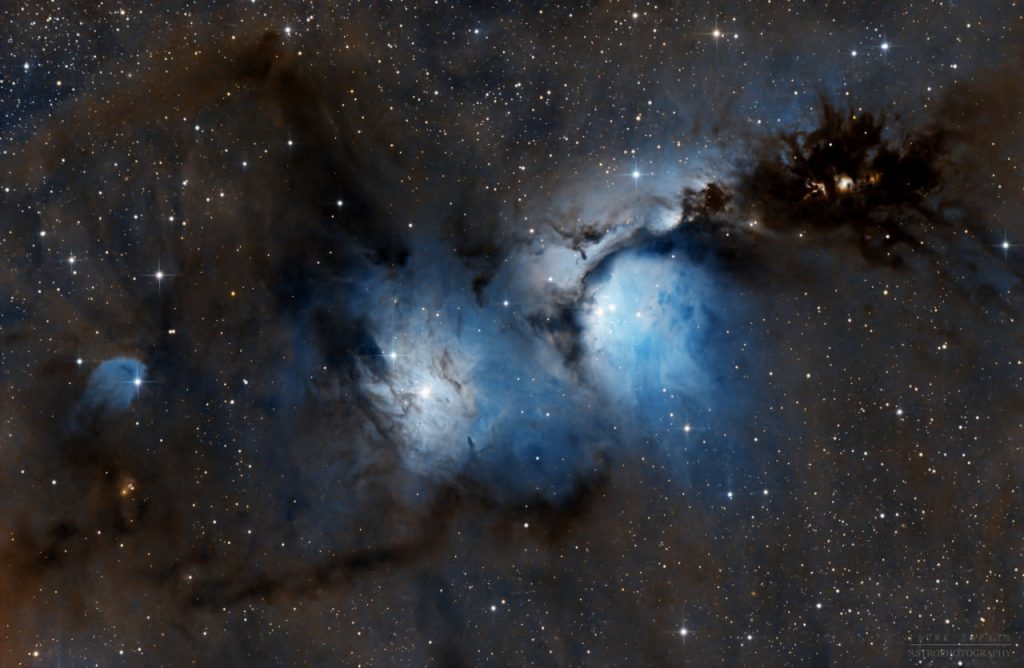
A big thank you to the astrophotographers who generously shared their captivating work this week, allowing us to revel in a collection of the best astrophotos capturing the wonders of the celestial realm!

![Best Astrophotos Collection: Milky Way, Soul Nebula, Cygnus Constellation [26 April – 3 May] Best Astrophotos Collection: Milky Way, Soul Nebula, Cygnus Constellation [26 April – 3 May]](https://orbitaltoday.com/wp-content/uploads/2024/05/Pink-Lagoon-Nebula-1-300x215.jpg)
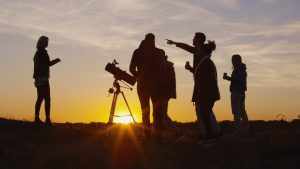



Thank you for your comment! It will be visible on the site after moderation.